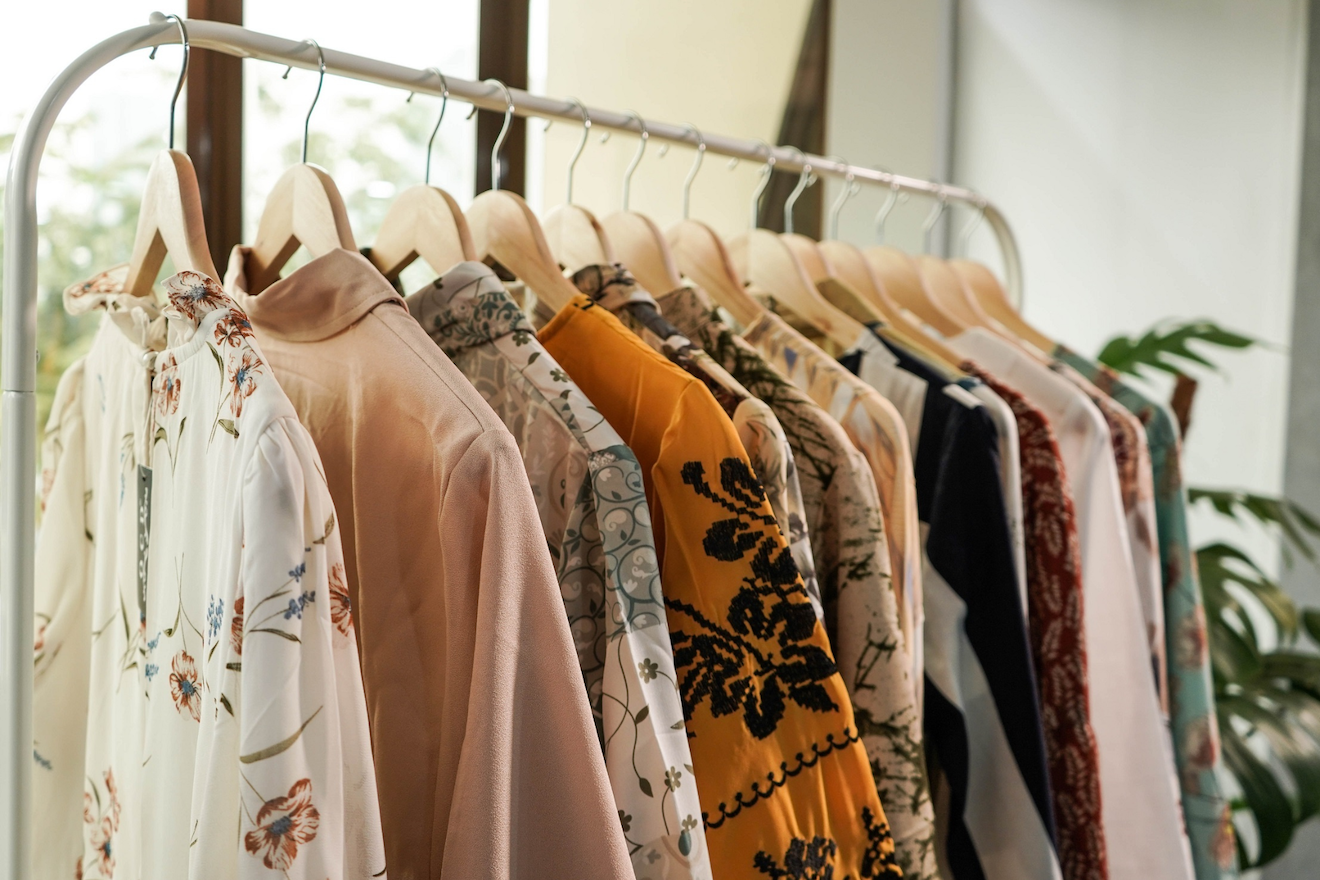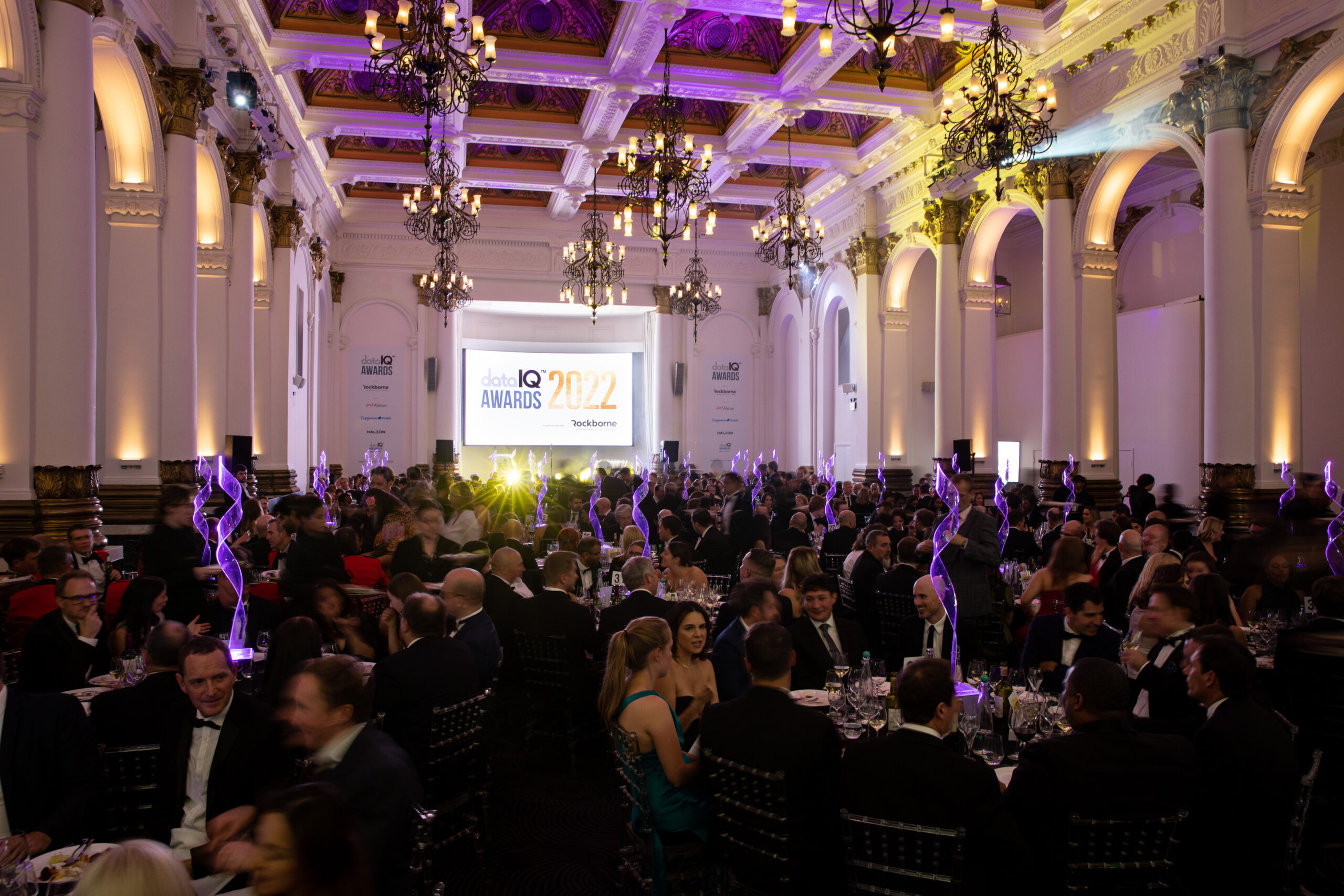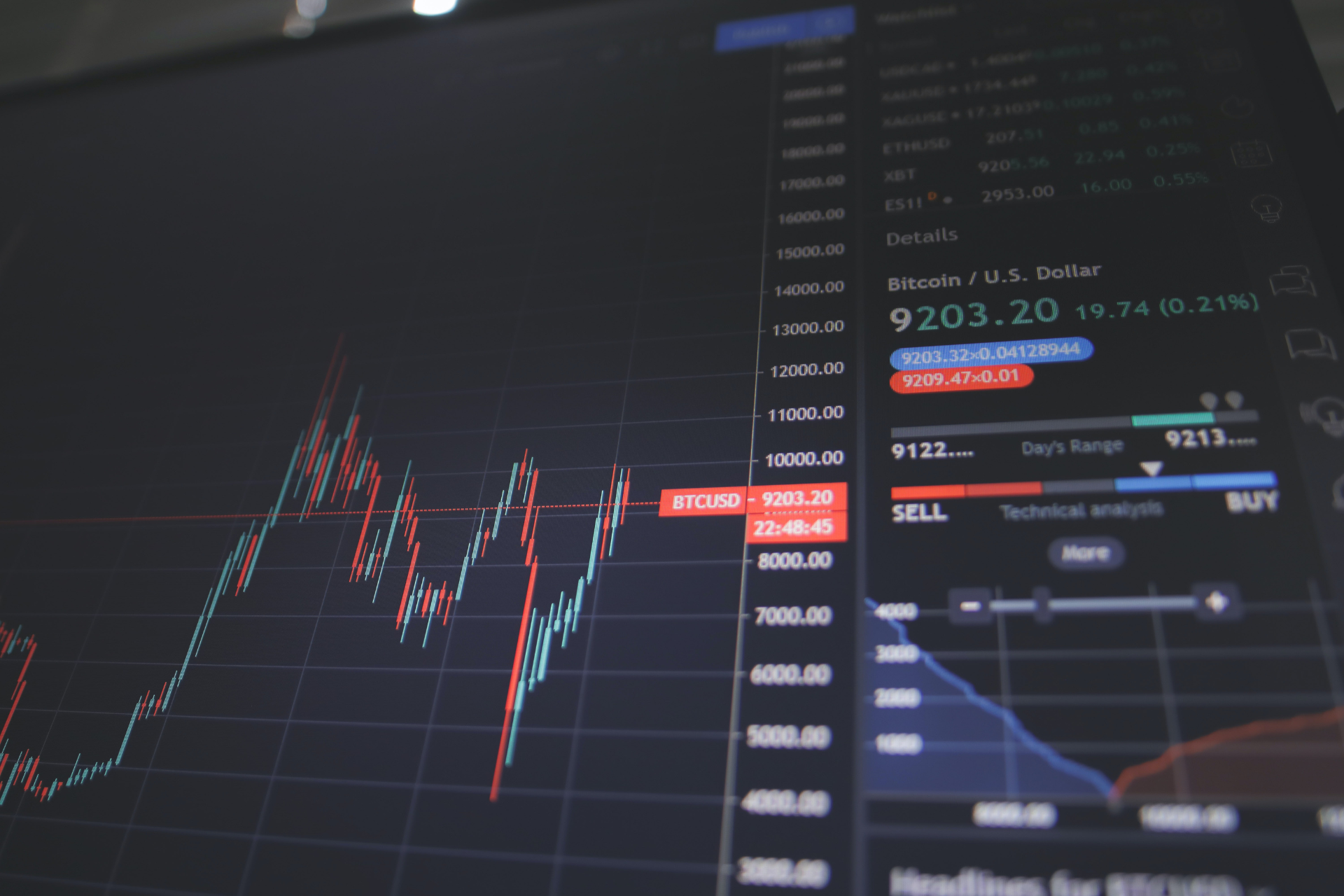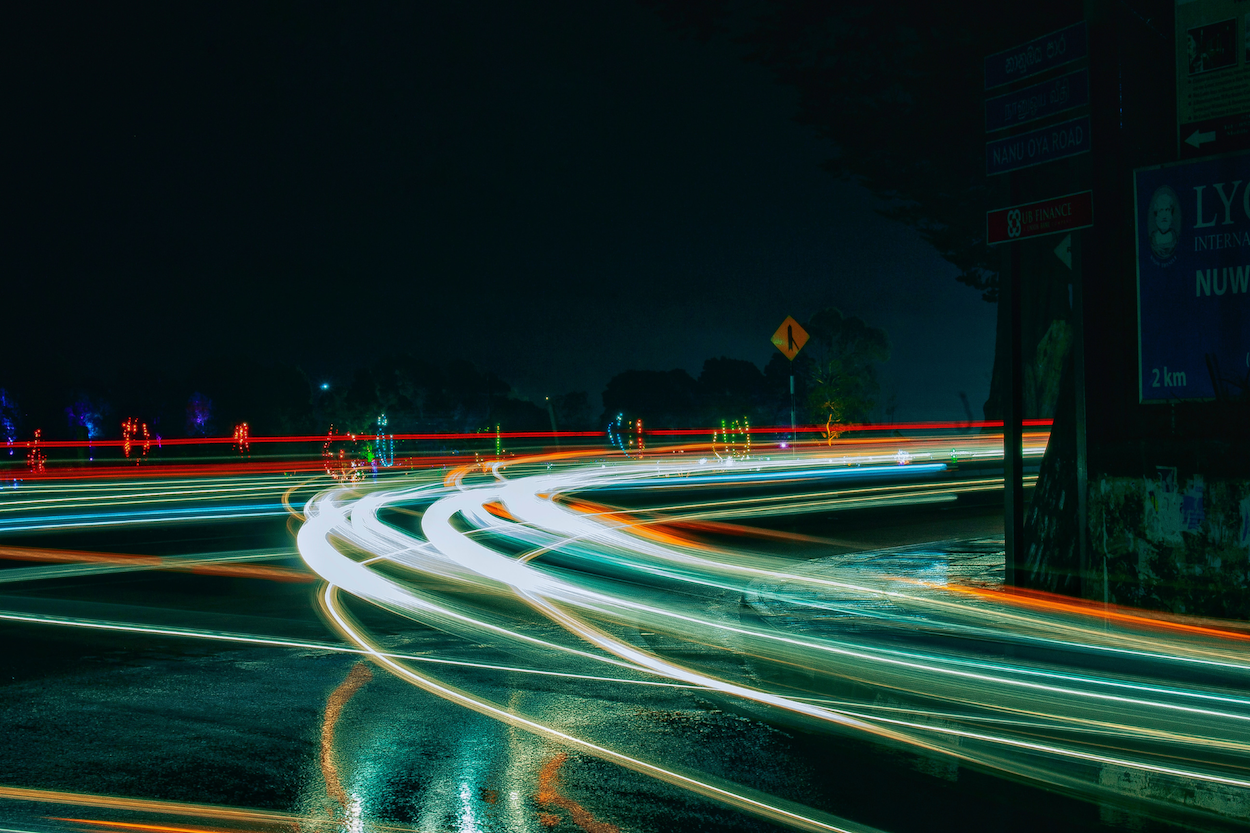Machine Learning in Fashion
Given the ever-changing nature of fashion, the fashion industry is turning to machine learning (ML) for help. ML is often used for trend forecasting. Data obtained from predictive analytics can be used to forecast sales and predict the demand for new products.
However, ML forecasts are constantly adjusted in real-time; this ensures precision and accuracy when planning collections, allowing manufacturers to save on resource costs and reduce waste for excess materials.
Fast fashion is the rapid mass-production of high-fashion designs replicated at a lower cost when the demand is highest. Fast fashion is attached to mostly negative connotations due to its harmful effect on the environment, its inauthenticity, and often poor quality. ML can be used to tackle the issue of quality by identifying faults and defects in a design before it is finalised. This information can then be fed back to the designers for inspection and improvements.
Data Analytics in Fashion
In almost every business, success depends on leveraging user data to extract meaningful insights and tailoring products and/or services to the demands of a user. Take TikTok as an example. TikTok has an algorithm which monitors every interaction you make, ranging from the videos you like to the users you engage with. The algorithm’s one goal? To make you stay on the app longer by delivering highly personalised content that you engage with.In a similar way, fashion brands can harness the power of data analytics to enhance their profitability. There are three types of data analytics that can be used to achieve this.
- Descriptive analytics
Descriptive analytics is used to show us what has already happened and/or what is currently happening by analysing trends and patterns within a business. This can involve data from past sales, stock, or consumer purchase habits.
- Predictive analytics
This type of data analytics predicts what is likely or unlikely to happen in the future based on historical data. It can be used to predict customer buying patterns.
- Prescriptive analytics
Prescriptive analytics takes information gathered from descriptive and predictive analytics and tells us what should be done. This can be used to guide decisions on the future, such as which stock to discontinue or continue.By making data-driven decisions, fashion brands are able to:
– Price items correctly- Know when to discount an item- Recommend users the right items- Stock well performing items
To conclude, data plays a powerful role in fashion and one can only imagine how the fashion industry will evolve as data science itself evolves. I, for one, predict it to be great!




